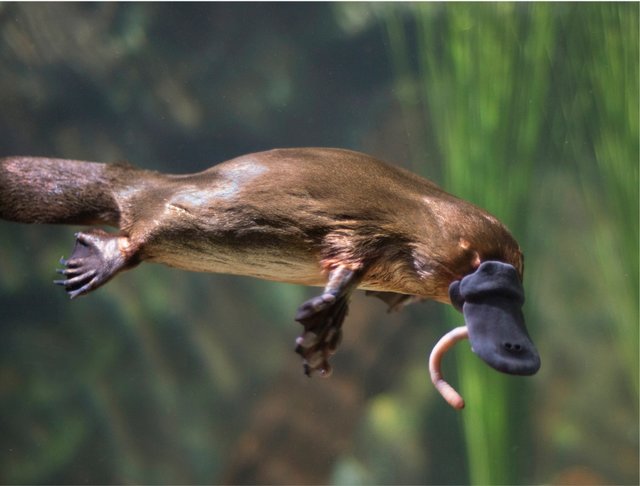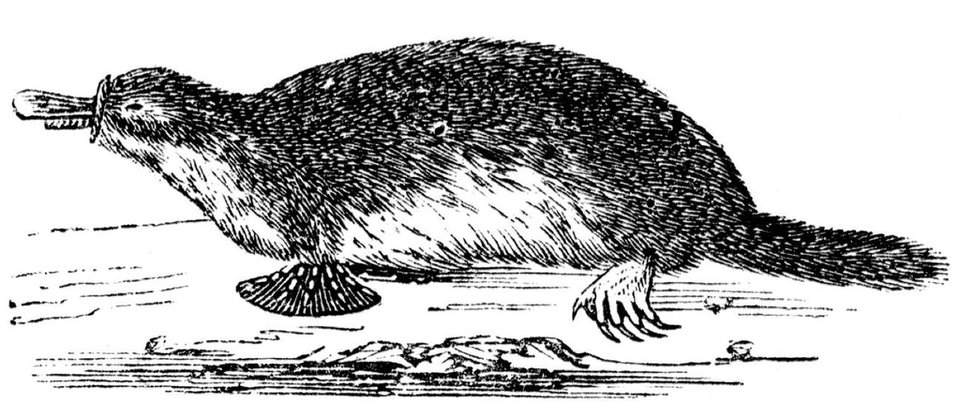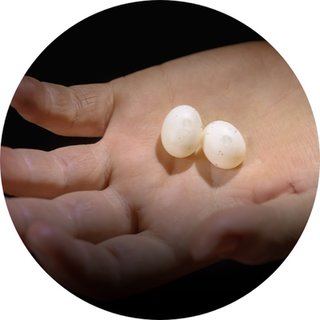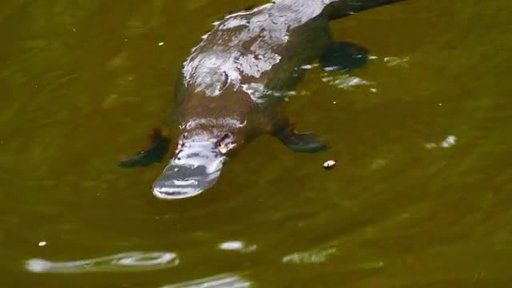ThesunpeeksthroughtheleavesontheedgeofariverinAustralia.Awormwrigglesalongthemurkybottom.Itrestsunderapileofpebbles.Thewormishiddenfrom predators.
Neartheriverbank,aweb-footedhuntercomesoutofitsden.Itdivesintothewater,huntingfor food.
This platypus dives underwater.

Thisplatypusdivesunderwaterwithitseyesclosed.Itfindsawormto eat.
Wavingitsduckbill-shapedsnout,itpicksupapulseofenergyfromtheworm.Itopensitsmouth,scoopingupthepebblesandtheworm.Zippinguptothesurface,itgrindsthewholethingintomush.Stonesdribbleoutofitsmouth.Thenthehunterswallowsthesoft,wormy mush.
Thisincrediblepredatorisaplatypus.Itisoneofthemostuniqueanimalsontheplanet.Platypuseshavefeaturesthatsetthemapartfromtheaveragemammal.Itstartsfrom birth.
PlatypusParenting
It’searlymorningontheriver.Aplatypususesherwebbedfrontfeettopaddletothebank.Shepullsherselfoutofthe water.
Onland,sheretractsthewebbinginherfeetandwaddlesintoherden.Shebeginstodigsoilloosewithherclaws.Today,sheisbuildinganewchamberoffthemain burrow.
Snoutfirst,sheentersthechamber.Shekicksthesoilwithherbackfeettosealherselfoff.Shelaysoneegg.Then,another.Sheholdsthesmalleggsbetweenherbodyandtailtokeepthem warm.
Afterabouttwoweeks,theeggshatch.Outofeacheggemergesabean-size,pinkplatypus.Theyarehairless,blind,andhelplessastheytakeajourneyofinchestotheirmother’sbelly.There,theylatchontoherfurandwaittobe fed.
Likeallmammals,platypusesnursetheiryoung.Unlikeothermammals,milkleaksfromopeningsbetweenthefoldsofherbellyskin.Babiessuckthemilkupthroughherfur.Whentheycanswimandeatbythemselves,theyarereadyforlifeontheir own.
Platypusesnursetheiryoungin burrows.
ThefirstplatypuswassenttoEnglandin1799.Mostscientiststhoughtitwasfake.Theythoughtsomeonehadsewntogetherbitsofanimalstoplayajoke.Howcouldamammalhaveabeak,webbedfeet,andlayeggs?Howcouldabirdhavefurandnursebabies?Becausetheplatypuswassodifferent,noonecouldbelieveitwas real


Platypuseggsarethesizeof marbles.
